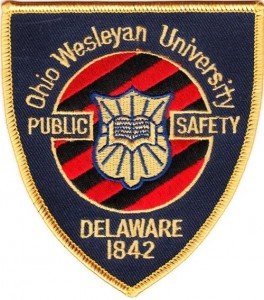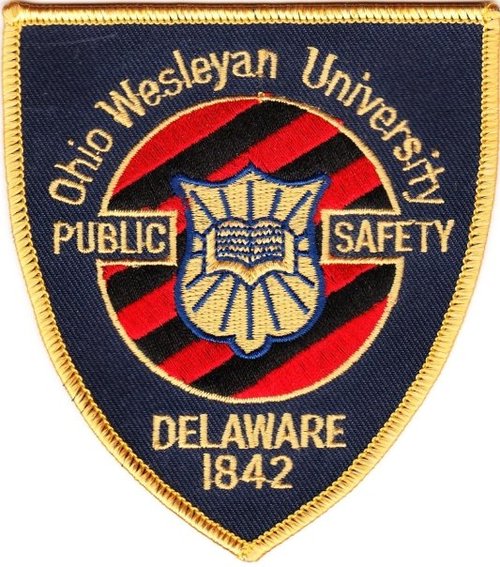
Public Safety officers at Ohio Wesleyan are currently bucking a trend occurring at other Ohio colleges – they are not armed.
Although PS has three officers licensed to carry a weapon, they do not while they are on duty for OWU. Those officers are PS Director Bob Wood, investigator Richard Morman, and officer Andrew Roy.
“Absolutely there is a trend moving towards arming campus safety,” Wood said. “Three to five colleges a year are going from unarmed security to armed police officer departments.”
Officers are permitted to carry weapons only after receiving accreditation through the Ohio Attorney General’s Peace Officer Training Academy (POTA). Rick Amweg, executive director of the Center for P-20 Safety & Security at the Ohio Board of Regents, said the number is close for the past couple of years but is unsure if the current trend will continue.
“In Ohio, there is a slight trend in the same direction, primarily in the private college area,” he said.
Amweg cited Otterbein University, whose police department became fully commissioned by the state in 2012, “a good example of an institution that just recently changed from unarmed security to armed police on their campus.”
Wood said he is unsure if his officers will one day carry weapons. College police departments are looking to the International Association of Campus Law Enforcement Administrators for guidance, he said. “This is one of the top things on the burner.”
Many campuses have blended forces of some officers who are qualified to carry weapons and others who are not, he said.
Those sorts of departments have budgetary implications as well, according to Amweg.
“A blended force is the way many institutions are going, primarily for budgetary reasons,” he said. “Police officers are typically more expensive than security officers. For that reason, many institutions with police also have security officers to take care of security and safety matters that do not require law enforcement.”
Neither Denison University, the College of Wooster, Kenyon College nor Oberlin College have fully commissioned or armed departments, although Wooster’s chief is licensed.
Denison and OWU have commissioned but unarmed directors of campus safety. Oberlin and Kenyon are also unarmed units.
“The main reason (to reconsider arming campus police forces) is that the incidents occur so quickly that a matter of ten or fifteen or thirty seconds means lives that can be saved or lost,” Wood said.
Incidents like Columbine and the Virginia Tech shootings give pause, Wood said.
“Do we wait outside while he’s stabbing our students in a building?” Wood said. “Do we go in and attack a guy with a knife with a can of mace? I think we’re compromising safety by not at least exploring the need of being armed.”
Toby Hoover, the founder of the Ohio Coalition Against Gun Violence, said the organization believes guns on campuses will “continue to build a culture of violence and fear.”
“People have choices to decide the kind of world we want to live in and guns provide a false sense of security,” he said. “It’s not a proven fact that more guns is safer.”
